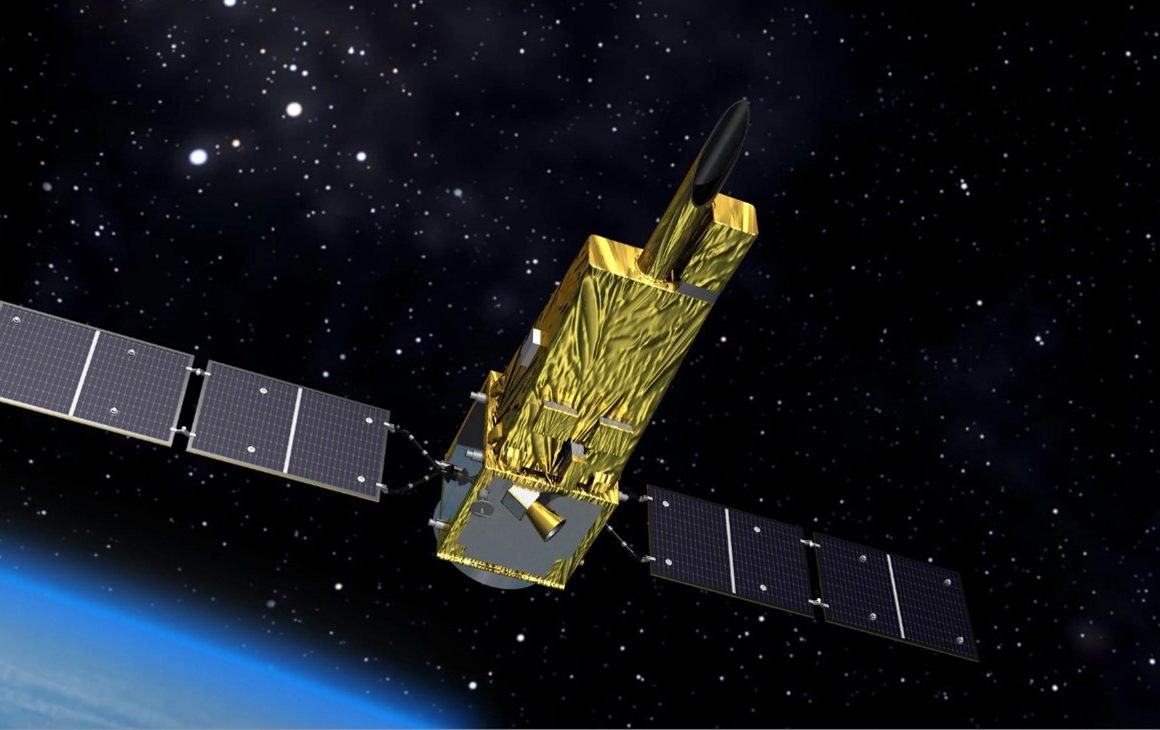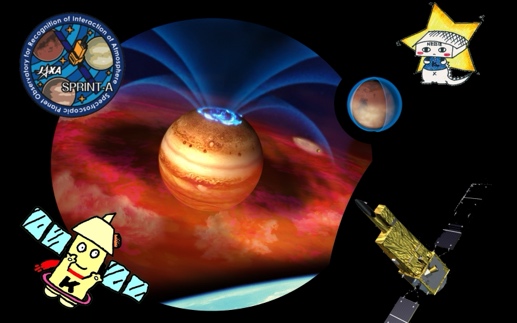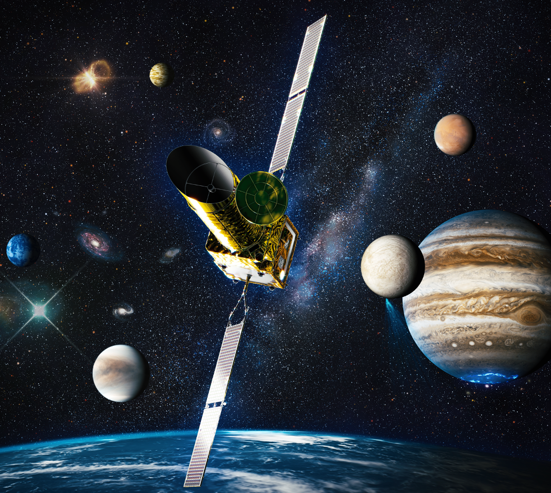Venus
Venus is believed to have once possessed a substantial amount of water, but today it is an extremely dry planet.
One of the key processes behind this transformation is known as atmospheric escape — the loss of atmospheric particles into space.
This research aims to understand how the solar wind, a high-energy stream of charged particles emitted by the Sun, influences the hydrogen-rich upper atmosphere (exosphere) of Venus. Written by NOSE Chizuru.
The Hisaki satellite is equipped with an extreme ultraviolet spectrograph and is the world’s first space telescope designed for planetary observations. By observing the time variable aspects of atmospheres of terrestrial planets such as Venus and Mars, and hot plasma in the Jovian magnetosphere, Hisaki provided opportunity to study the atmospheric evolution of terrestrial planets in the Solar System and the origin of mass and energy in Jupiter’s magnetospheric plasma. The Hisaki satellite was launched on 14 September 2013. Aft¬er more than 10 years of continuous extreme ultraviolet spectroscopic observations, the satellite was decommissioned on 8 December 2023.
The LAPYUTA mission aims “to explore the habitable environment of the Universe” and “to understand the origin of matter and space in the Universe”. From unresolved issues related to the two goals, we selected four scientific objectives to be addressed in the 2030s: (1) habitable environments of solar system bodies, (2) atmospheres of exoplanets, (3) galaxy formation, and (4) the origin of heavy elements, which will be realized by the ultraviolet space telescope. LAPYUTA was selected as one of candidates of JAXA’s M-class mission, and aims to realize a high-resolution, high-sensitivity ultraviolet telescope by optimizing the performance requirements to the science objectives.











